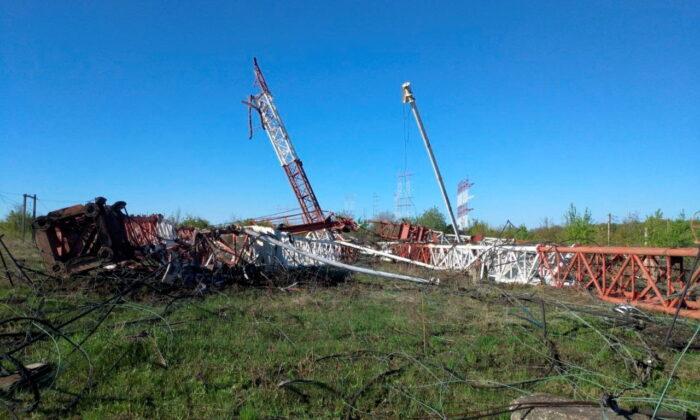Some 25,900 tons of pandemic-related plastic now pollute the ocean, with the majority stemming from hospital and medical waste, a study has found.
The amount of plastic waste far exceeds the capability of countries to process it, researchers said, noting that the pandemic has led to an increased demand for single-use plastics that intensifies pressure on an “already out-of-control global plastic waste problem.”
“The released plastics can be transported over long distances in the ocean, encounter marine wildlife, and potentially lead to injury or even death,” researchers said.
The study notes that hospital waste represents the bulk of the global discharge, 73 percent, with most of the global discharge coming from Asia, 72 percent.
This “calls for better management of medical waste in developing countries,” the study states.
“Most of the plastic is from medical waste generated by hospitals that dwarfs the contribution from personal protection equipment and online-shopping package material,” they wrote. “This poses a long-lasting problem for the ocean environment and is mainly accumulated on beaches and coastal sediments.”
“The released plastics can be transported over long distances in the ocean, encounter marine wildlife, and potentially lead to injury or even death,” the researchers added.
According to the study, the top three rivers for pandemic-associated plastic waste discharge are Shatt al Arab in south-eastern Iraq, with 5,200 tons, the Indus, which rises in Western Tibet, with 4,000 tons, and the Yangtze, with 3,700 tons.
“These findings highlight the hotspot rivers and watersheds that require special attention in plastic waste management,” the researchers wrote, noting that overall, the top 10 rivers account for 79 percent of pandemic plastic discharge.
The researchers concluded their study by noting that globally, public awareness of the environmental impact of PPE and other plastic products needs to be increased.
“Innovative technologies need to be promoted for better plastic waste collection, classification, treatment, and recycling, as well as the development of more environmentally friendly materials,” they added. “Better management of medical waste in epicenters, especially in developing countries, is necessary.”





